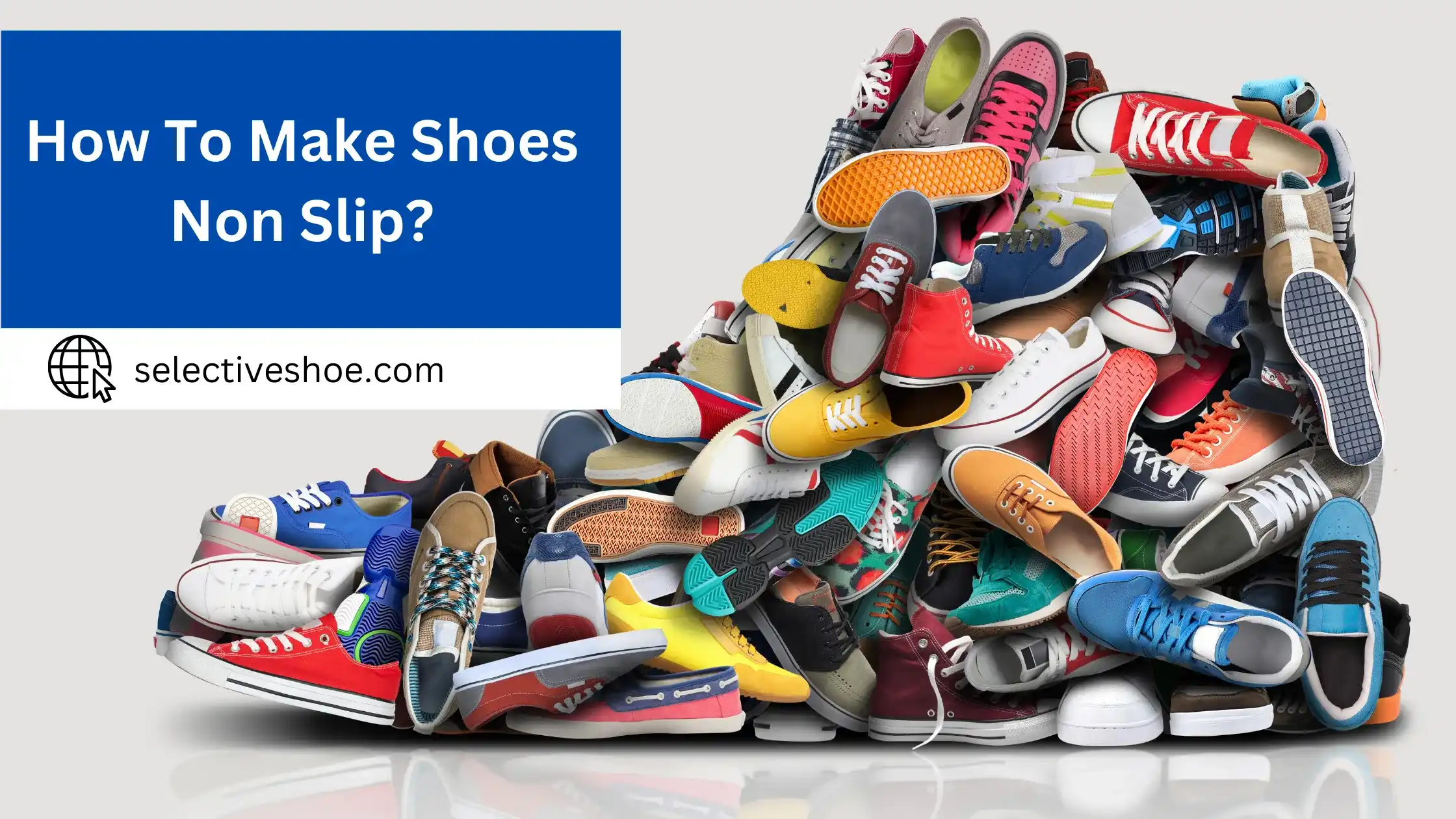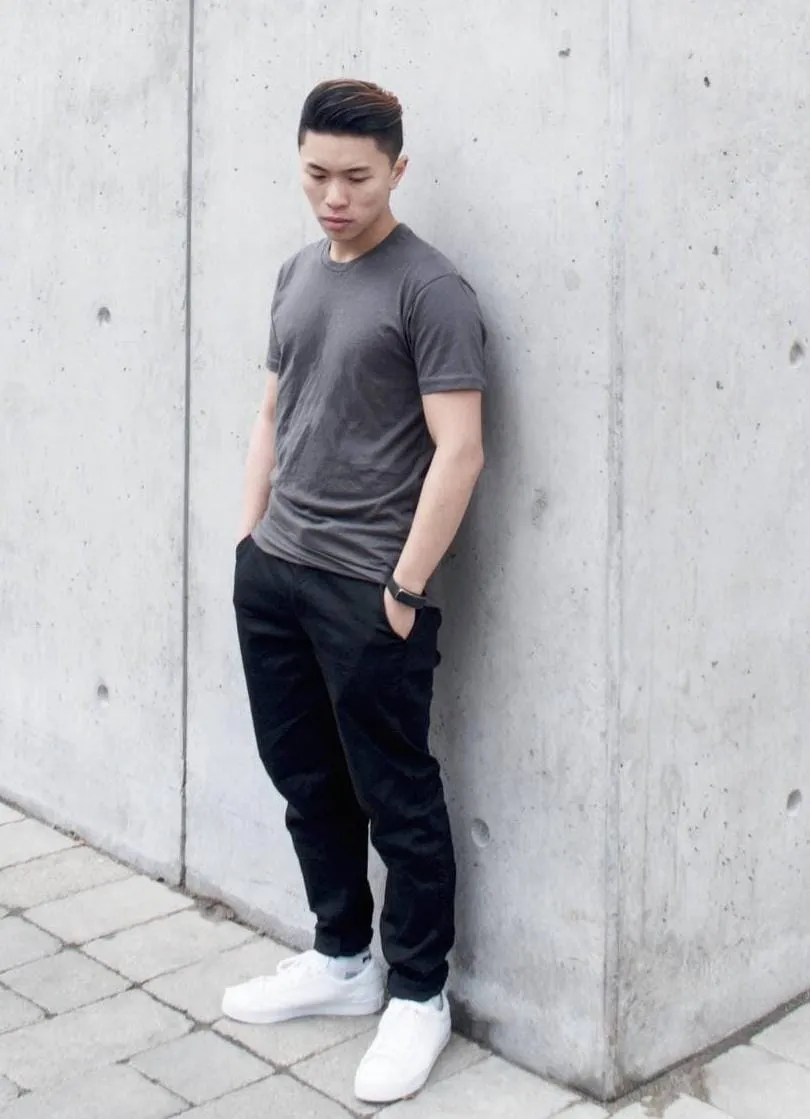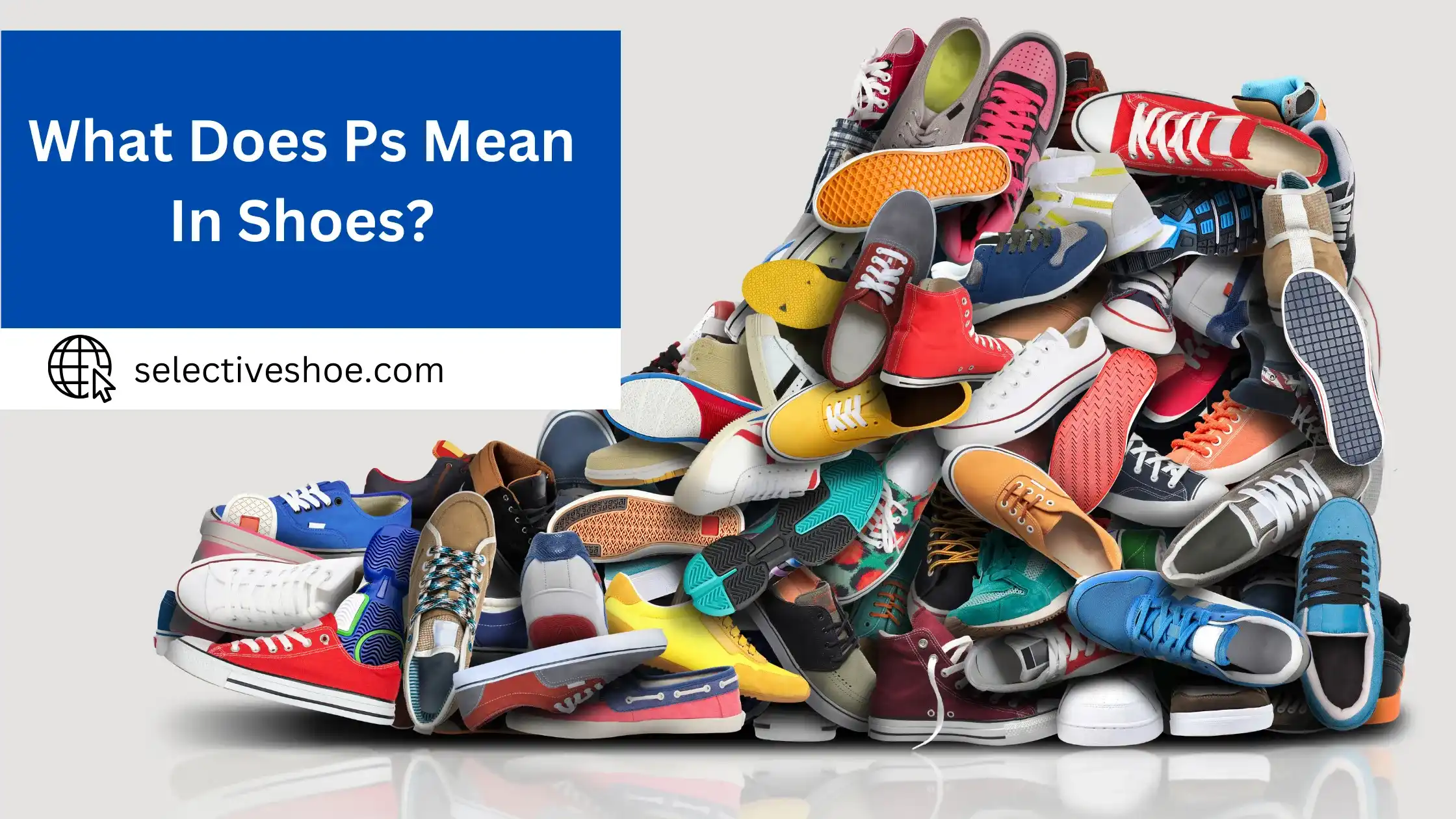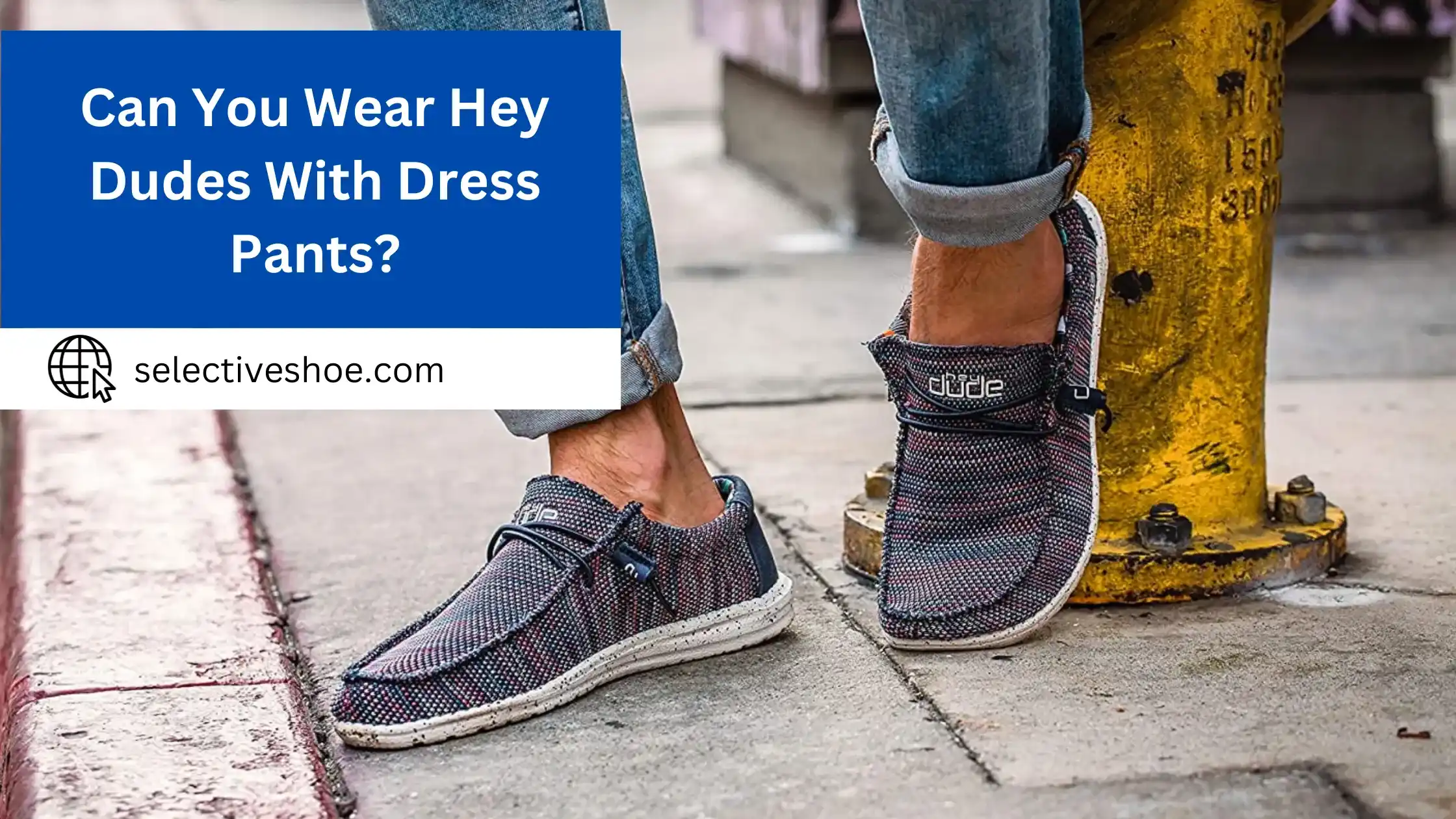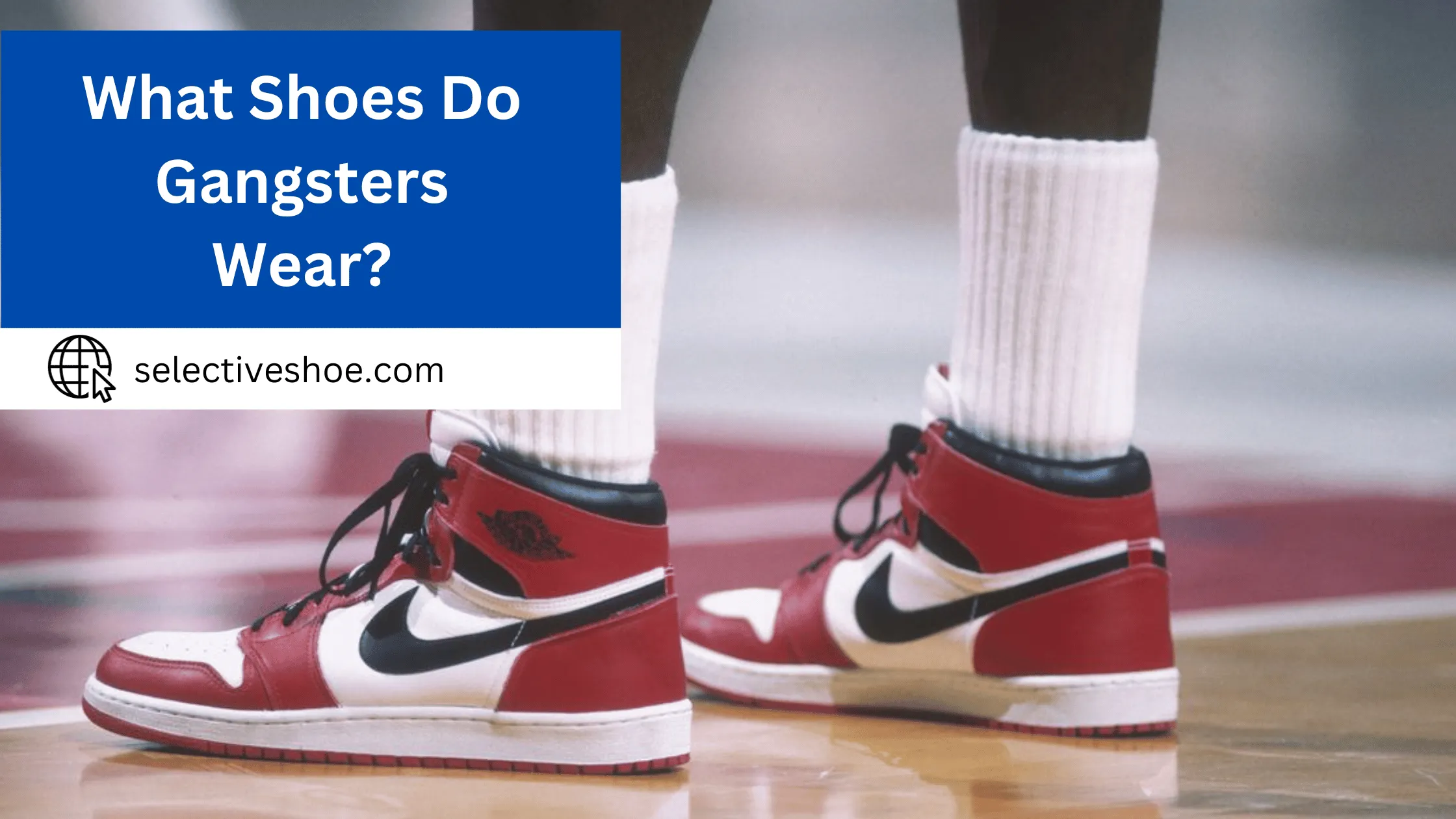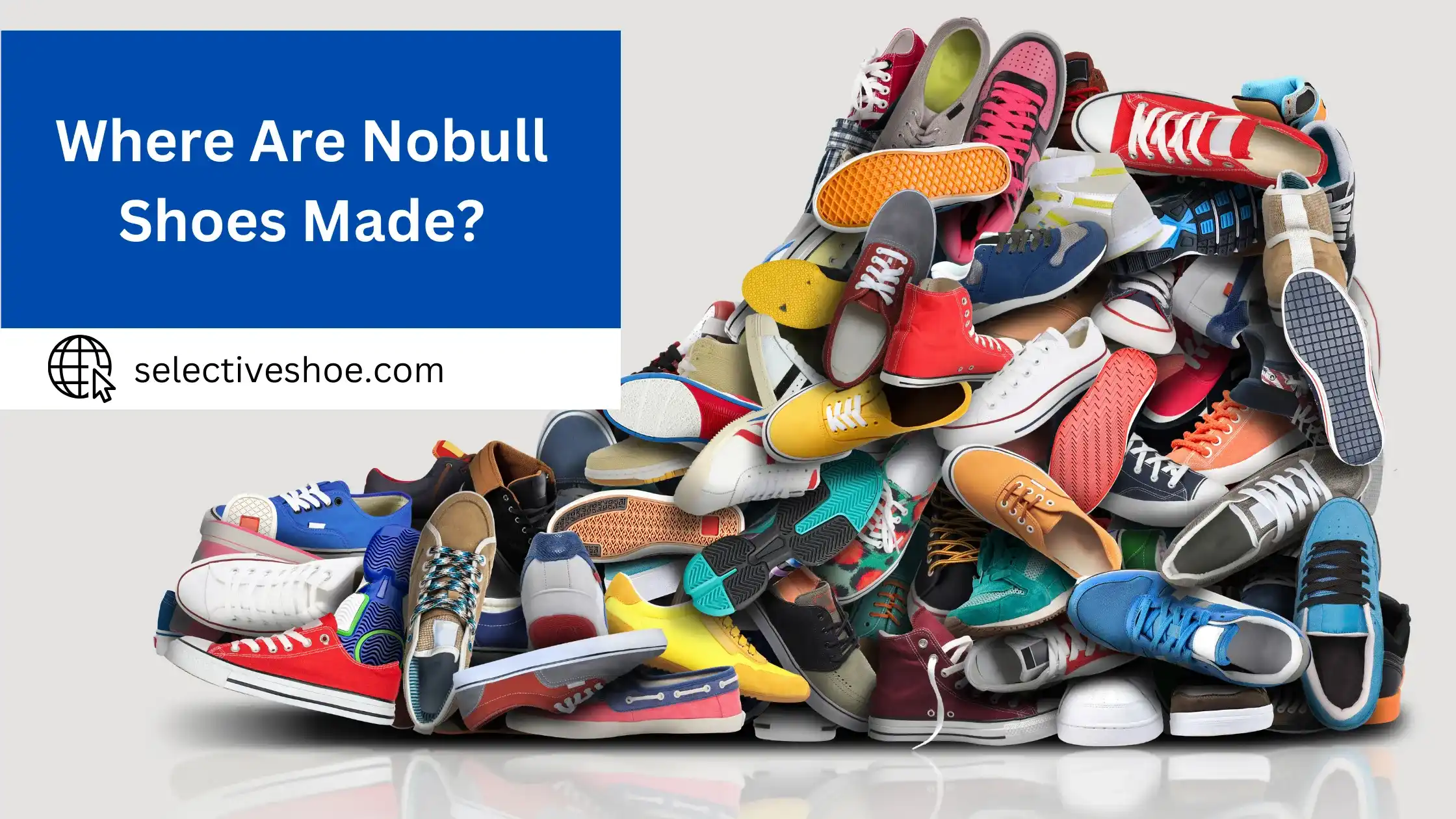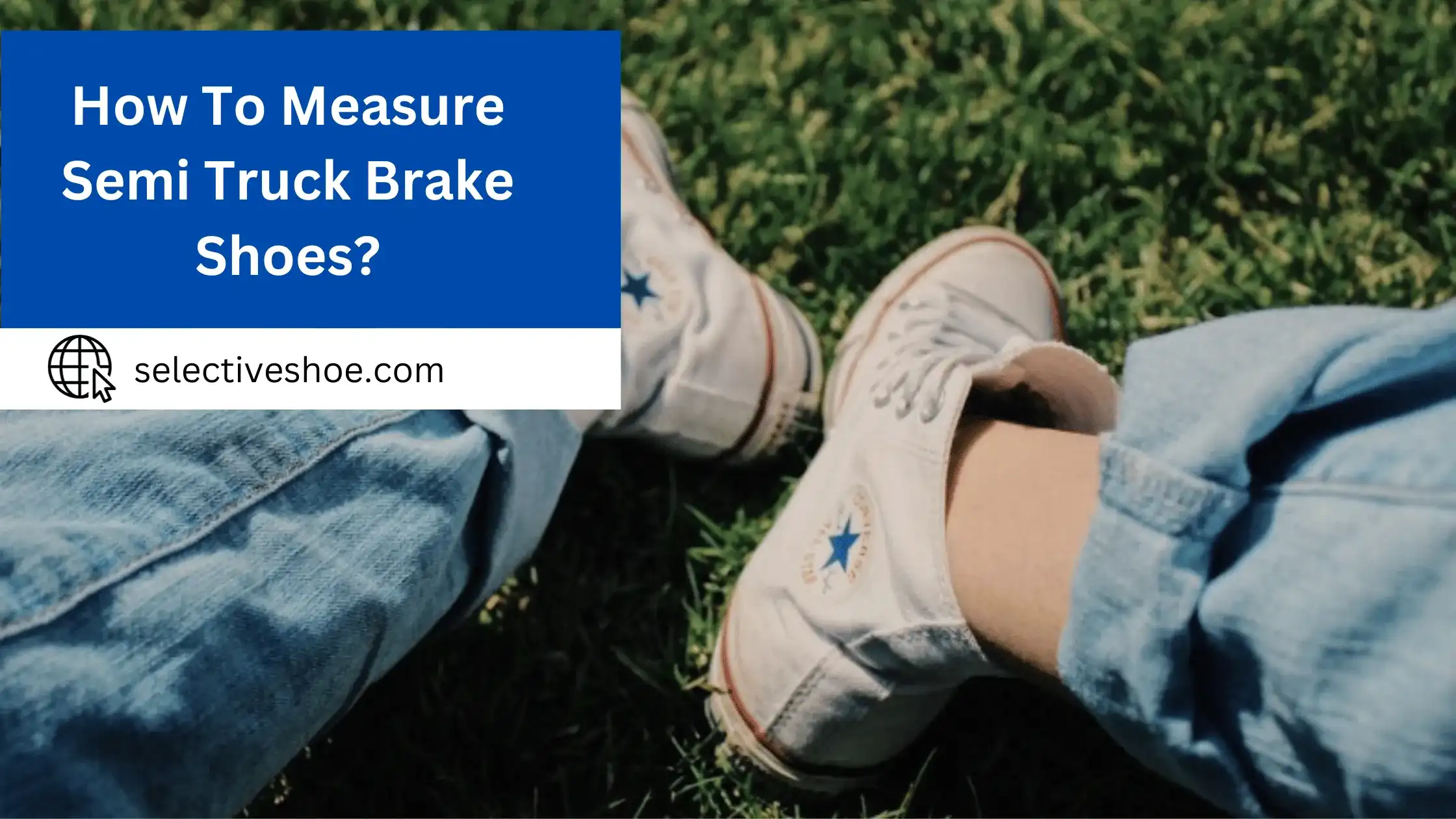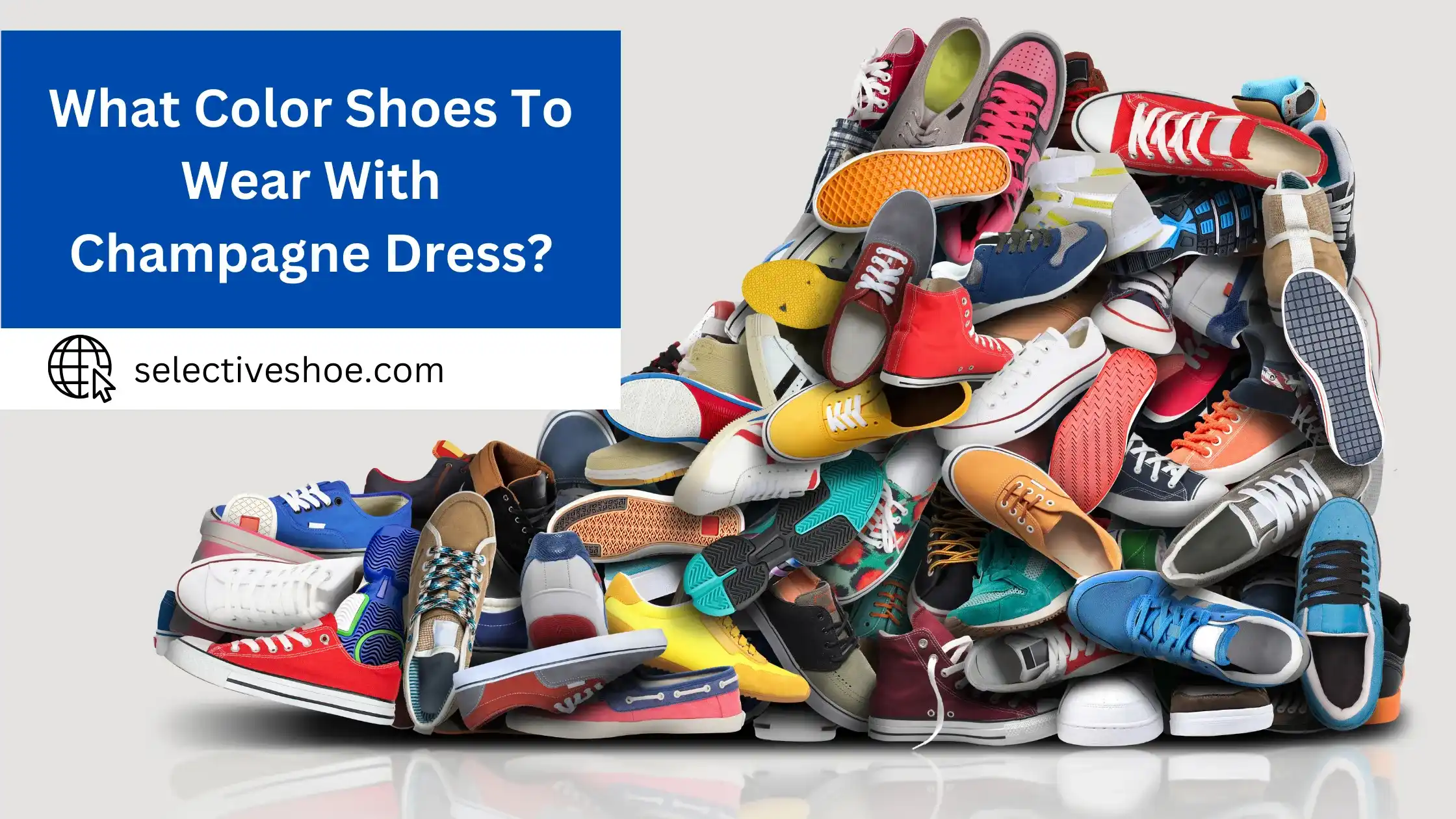Slipping and sliding around can be a major inconvenience no matter if you are out running errands or stuck in the office all day. It’s never fun trying to walk carefully so as not to slip, and it can even cause injury if you are walking quickly.
Fortunately, there is an easy fix to making your shoes non-slip! In this blog post, we’ll discuss the best methods for creating a more secure grip on any type of shoe and how to make your shoes non-slip in detail so that slipping becomes a thing of the past!
Use Adhesive Bandages:
Adhesive bandages are a great way to make the soles of your shoes non-slip. Choose an adhesive bandage that is wide enough to cover the area you want to add grip and strong enough to stay put. You’ll need something with a good adhesive backing, like a cloth or leather-based adhesive bandage.
Before applying it, make sure the sole of your shoe is completely clean and dry. Once in place, press down firmly on the edges of the adhesive bandage to ensure it sticks correctly. Depending on how much traction you’d like from your shoes, you might need several layers of adhesive tapes for added grip. Just be sure not to cover too much surface area as this can affect how comfortable the shoe is to wear.
Use Salt, Sand, or Glue:
One of the best ways to make shoes non-slip is to use salt, sand, or glue. Salt and sand can provide additional traction while still being relatively easy to apply. Simply sprinkle some salt or sand onto the sole of your shoe and press it down with a cloth or brush.
This will help create a rougher surface that helps you maintain a better footing on slippery surfaces. Glue is also an effective option for making shoes non-slip. Apply a thin layer of glue to the bottom of your shoes and allow it to dry.
Wear Your Socks:
When you wear your shoes, make sure to choose socks that properly fit you and are thick enough so they won’t slip or bunch up. Avoid wearing socks made of synthetic materials like nylon or polyester, as these fabrics don’t provide enough grip for your feet in the shoe.
You can also try wearing two pairs of thinner socks if your regular pair isn’t providing enough traction in the shoe. If you want extra traction, consider buying non-slip gel strips to place on the insoles of your shoes or anti-slip soles for the bottom of your shoes. These products are designed to add extra grip and prevent slipping incidents.
Try Traction Spray for Shoes:
Traction spray for shoes is a great way to make slippery leather and rubber soles more secure. It works by creating an invisible barrier over the sole of the shoe that helps increase friction between the shoe and the surface on which it is being used. This can be particularly helpful when walking in wet or icy conditions.
Traction sprays are easy to apply and usually have long-lasting effects. To use, simply spray onto a clean cloth or directly onto the sole of your shoes. Let it dry before putting them back on your feet and you’ll soon notice a difference in grip!
Tack on Puff Paint to Slippery Outsoles:
Puff paint is a great way to make shoes non-slip. It can be applied directly to the sole of the shoe, providing extra grip and traction on slippery surfaces. To apply puff paint, start by cleaning the sole of the shoe thoroughly with a damp cloth or rubbing alcohol.
Once clean, put a small amount of puff paint onto a disposable plate or other flat surface. Dip an old toothbrush into the puff paint and then use it to apply an even layer of puff paint onto the sole of your shoe.
Go to a Cobbler to Fix Slippery Shoes:
If you don’t feel comfortable fixing slippery shoes on your own, then it’s best to take them to a professional. Many cobbler and shoe repair services offer soles that will make your shoes non-slip. You can specify the type of grip and the material used for the sole, ensuring that the job is done right.
Depending on how worn down your current sole is, you may need to replace it in order to get a good grip. Your cobbler should be able to determine if replacement is necessary. They’ll also be able to recommend materials and treads that will work best for your particular shoes and lifestyle needs.
Use Hairspray:
Last but not least hairspray is a great way to make shoes non-slip, as it increases the grip of the shoe on any surface. Before applying hairspray, make sure that the bottom of your shoes is clean and free from dirt and grease.
Shake the can vigorously and spray an even coating across the entire area. Let it dry for a few minutes before putting your shoes on. This will help ensure that you have the best grip possible when walking or running in them.
If you want to increase the longevity of your non-slip properties, you can reapply hairspray every couple of weeks or after heavy use. Doing this will help maintain good traction so that you feel secure in wearing your favorite pair of shoes.
What Materials Make Shoes Non-Slip?
Non-slip shoes are an important part of safety apparel for many professions and activities. Let’s explore the different materials used in non-slip shoes to understand why they are so effective at providing traction on slippery surfaces.
Rubber Outsole:
The most common material used in non-slip shoes is rubber. Rubber has excellent grip properties due to its soft yet durable composition, which ensures that it can create a good amount of friction with the ground without wearing away over time. A lot of non-slip shoes have tread patterns or lugs molded into the outsole, which further helps to keep your feet firmly planted on the ground.
Rough Leather Upper:
Another material often used in non-slip shoes is rough leather. This type of leather has a rougher surface than smooth leather and provides additional grip when walking on slippery surfaces such as tile or linoleum floors. The benefit of using this type of material is that it can be made water-resistant, which makes them ideal for wet environments like kitchens or hospitals where spills are common.
Synthetic Uppers:
In addition to rubber soles and rough leather uppers, some non-slip shoes also utilize synthetic materials like polyurethane, neoprene, or suede. These materials have a higher level of grip than smooth leather and can help to prevent slips and falls on wet surfaces. Synthetic uppers are also typically more lightweight than other materials, making them ideal for activities such as running and hiking.
Miscellaneous Features:
Beyond the non-slip material used in the outsole and upper, there are several other features that can add to the grip of a shoe. Metal cleats located in the heel and toe area of some shoes provide additional traction on slippery surfaces by digging into the ground when pressure is applied. Toe guards are another feature found in some shoes which help to protect your toes while walking on slippery surfaces.
Conclusion:
Using a non-slip product to make shoes safer is something all people should consider. Not only can it improve the safety of an individual’s footwear, but it can also save money on slips and falls due to slick shoes. Taking some time to prepare your shoes with products like these is a cheap and easy way to provide extra stability and security throughout the day.
